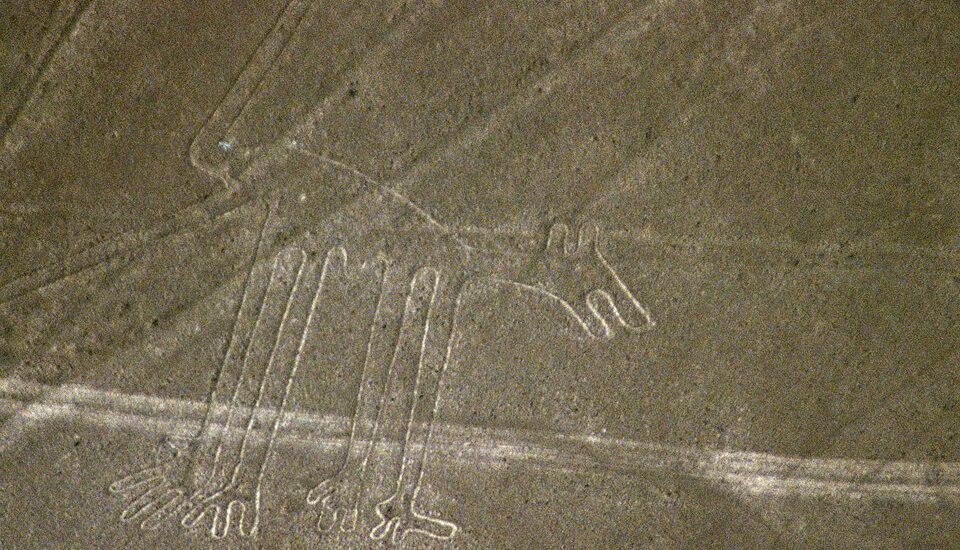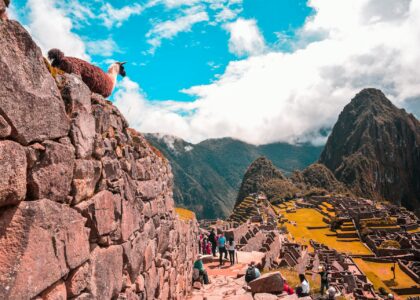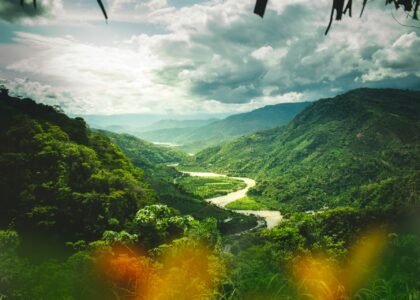Long before satellites and drones revealed their full beauty, the Nazca people were carving vast geoglyphs into Peru’s southern desert. Flourishing from around 100 BCE to 800 CE, they created what we now call the Nazca lines — hundreds of massive drawings etched into the earth, visible only from the sky. These figures, from hummingbirds to spirals, have captivated scientists, travelers, and storytellers alike. But there’s much more to the Nazca story than just their lines.
Ingenious Builders of the Desert
Living in one of the driest places on Earth pushed the Nazca people to adapt creatively. They engineered underground aqueducts called puquios, which still function today, channeling water from the Andean foothills to parched fields. This incredible system sustained entire communities and made large-scale artistic projects possible. Understanding how ancient civilizations worked with nature is a focus of our eco-education program in Peru, where students explore traditional farming and water systems firsthand.
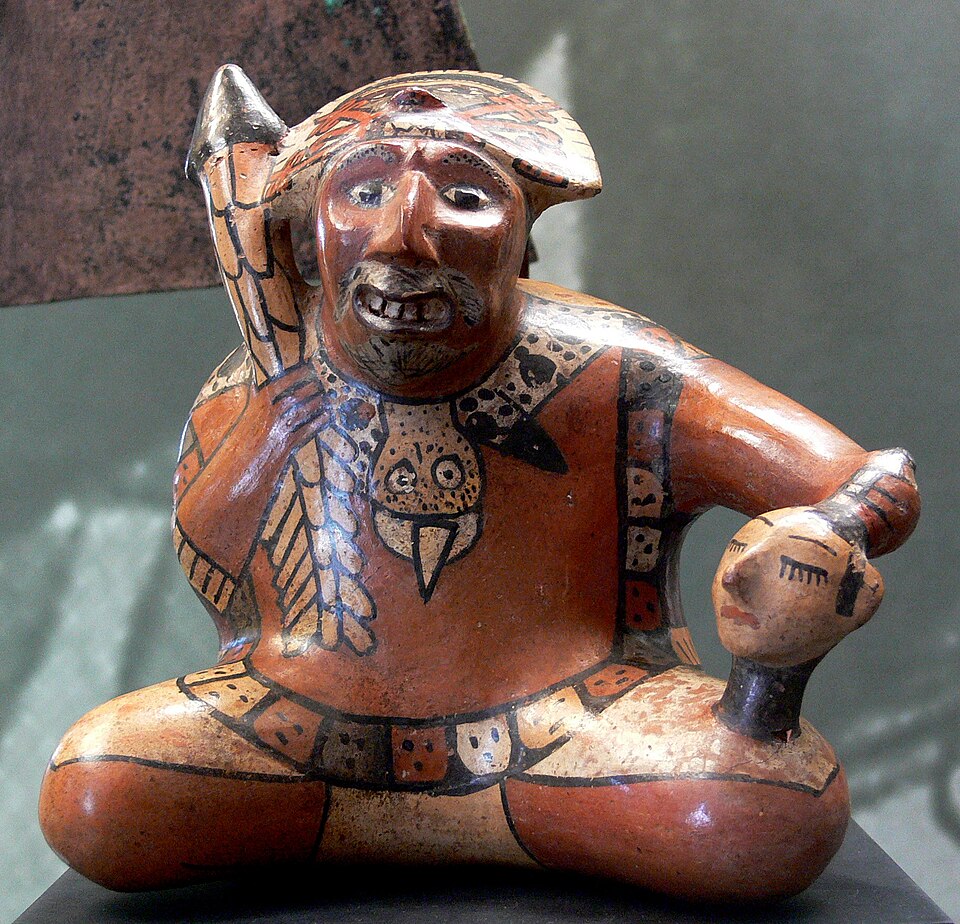
How the Nazca Lines Were Made and Why They Matter
The creation of the Nazca Lines in Peru was as brilliant as it was simple. Workers cleared away the dark top layer of stones to reveal lighter sand below, creating a lasting contrast. Some of these figures stretch over 200 meters. Why did they do it? Theories range from astronomy and ritual pathways to water worship and social gatherings. These giant symbols reflect a society thinking big—about the cosmos, survival, and their place in the world. Our cultural immersion expeditions in Peru invite students to reflect on these themes by connecting with the landscapes and people who carry on ancient traditions today.
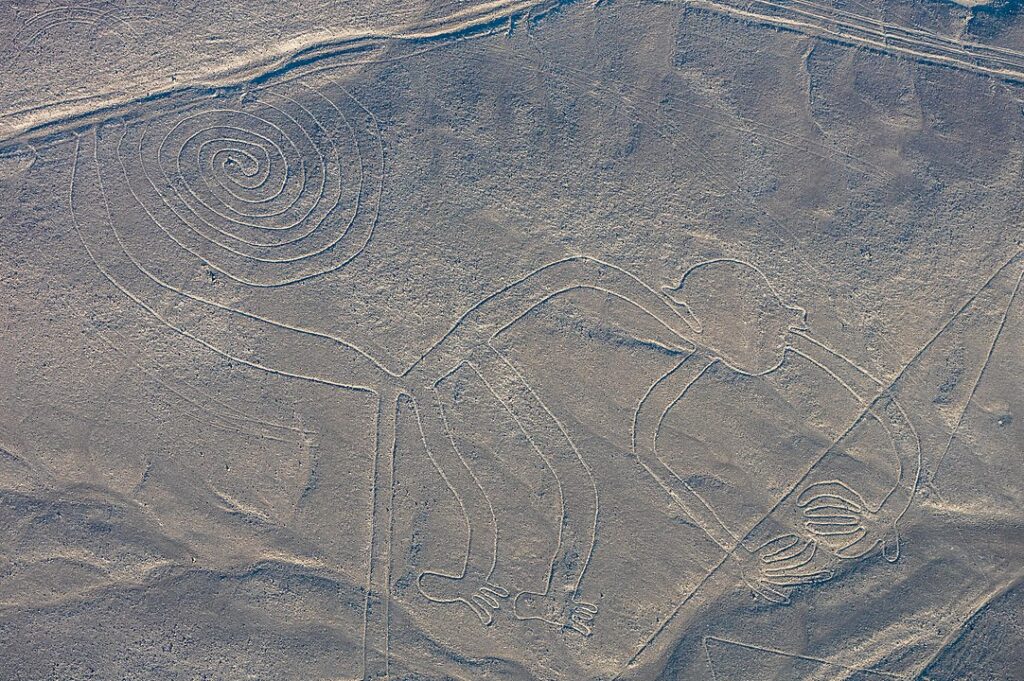
Symbols Etched in Sand and Spirit
The Nazca didn’t leave behind a written language, but their lines speak volumes. Many researchers believe the geoglyphs honor nature spirits or gods linked to water and agriculture. The monkey, the condor, the whale—these shapes may have been part of prayers or seasonal rituals. Learning the meanings behind these forms takes more than books. It takes dialogue. That’s why our service learning trips in rural Peru include time with local elders and cultural experts who share stories passed down through generations.
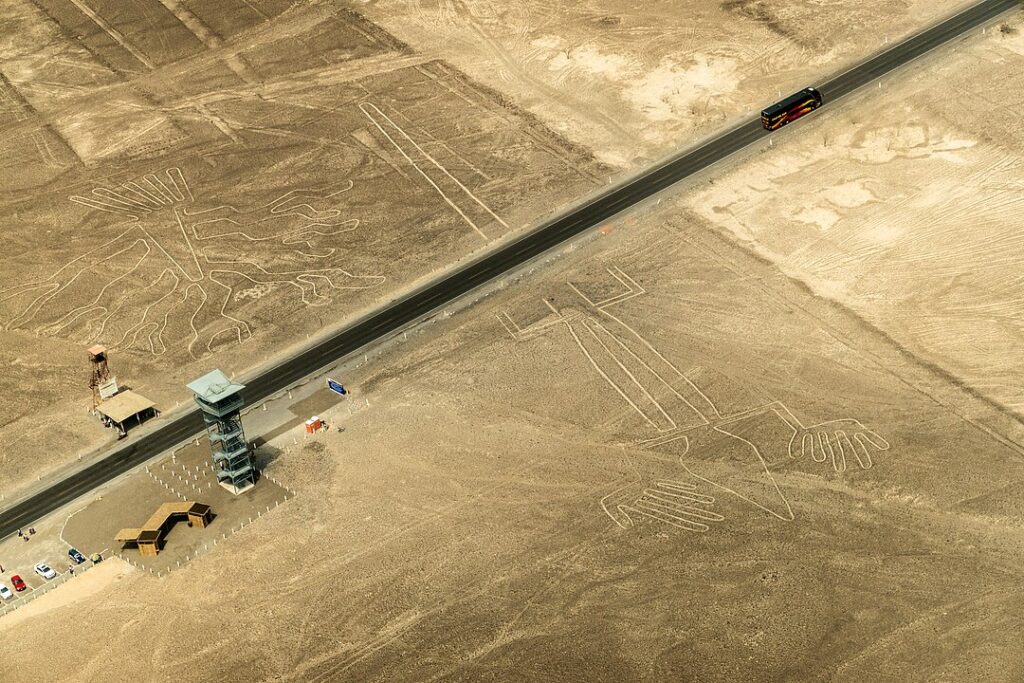
Responsible Travel in Sacred Spaces
To stand before the Nazca Lines is to witness something extraordinary—and fragile. Ethical tourism is key to preserving these desert wonders. Rather than walking across the site, travelers can climb viewing towers or take community-run flights for a bird’s-eye view. Choosing locally owned guesthouses and supporting regional craftspeople also makes a difference. Our volunteer teaching programs in Peruvian schools offer a deeper connection to the communities working to protect this cultural heritage.
What the Nazca people Teach Us Today
The Nazca story is one of resilience, imagination, and deep respect for the land. Their engineering, art, and spiritual life offer lessons that resonate with learners today. Whether you’re thinking about sustainable living or ancient science, the Nazca make a great case study. Our educational travel programs for high school students help young people connect classroom ideas to real-world history, bringing these ancient figures into a modern conversation.
To dig deeper into the current research and preservation efforts, visit the UNESCO World Heritage site page for the Nazca Lines.
Engaged Education - Transformative Educational Travel Experiences
Explore Peru’s ancient past while supporting its future. Download our Engaged Education Brochure. For less than the cost of a coffee each month, you can help preserve cultural heritage and expand educational access by becoming a monthly donor. Your support empowers communities throughout Latin America.


